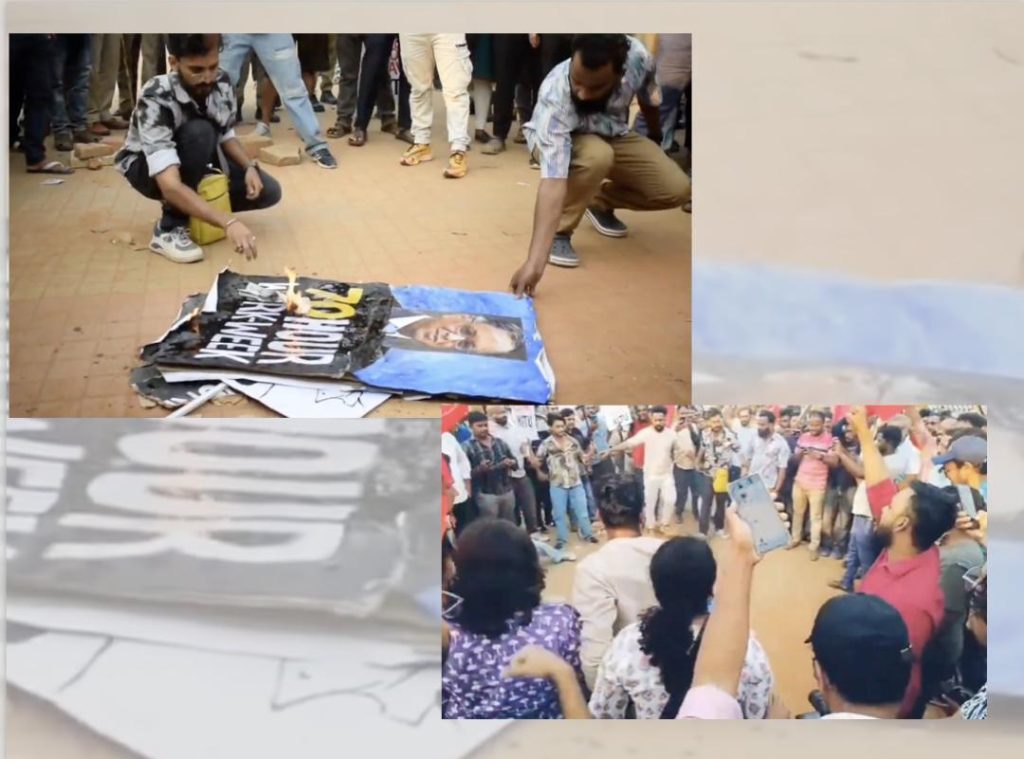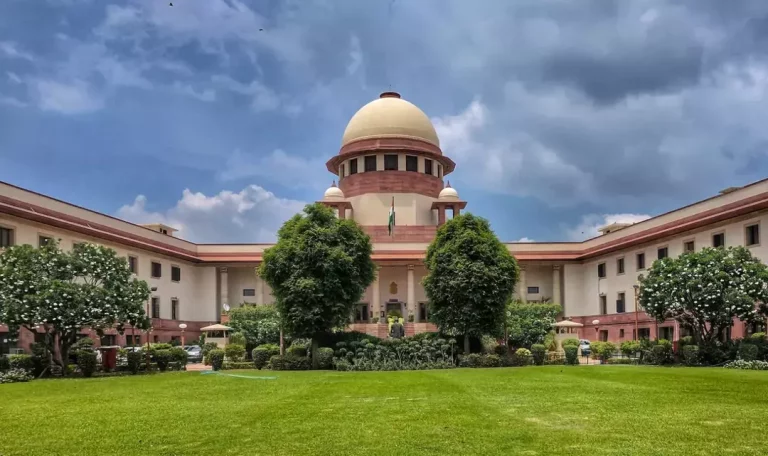
IT Employees Burn Murthy, L&T Chief’s Effigies for Proposing Longer Workweeks
The IT sector in Bengaluru witnessed a dramatic protest recently, as employees of the industry came together to voice their discontent against exploitative work practices. The protest, organized by KITU, an IT employees’ union in Karnataka, saw effigies of Infosys Founder Narayana Murthy and L&T Chairman SN Subrahmanyan being burnt, amidst a sea of angry IT professionals.
The protest was a direct reaction to the recent comments made by Murthy and Subrahmanyan, who suggested that IT employees should be willing to work longer hours, including 70-hour and 90-hour workweeks, respectively. Murthy, in an interview, had opined that employees should be willing to put in extra hours to meet the demands of the industry, while Subrahmanyan had suggested that employees should be prepared to work for 90 hours a week to meet the growing demands of clients.
The proposal sparked widespread outrage among IT employees, who felt that it was an attempt to exploit them further. Many employees felt that they were already working long hours, and that any additional hours would only lead to burnout and decreased productivity. The proposal was seen as a clear attempt to squeeze more work out of employees without providing any additional compensation or benefits.
The protest, which was organized by KITU, saw hundreds of IT employees gather in front of the Bengaluru Police Commissioner’s office. Despite the police’s attempts to stop them, the protesters managed to burn the effigies of Murthy and Subrahmanyan, amidst chants of “We want justice” and “No to exploitation”. The protest was peaceful, but tense, with the police deploying a large contingent of personnel to maintain order.
The protest was a clear indication of the growing frustration among IT employees in Bengaluru. The IT sector in Bengaluru is one of the largest in the country, employing thousands of professionals. However, the sector has also been criticized for its poor working conditions, long working hours, and lack of work-life balance.
Many IT employees feel that they are treated as mere commodities, rather than human beings. They are expected to work long hours, often without any additional compensation or benefits, and are expected to be available 24/7 to meet the demands of clients. The proposal by Murthy and Subrahmanyan was seen as a clear attempt to further exploit these employees, and the protest was a direct reaction to this.
The protest also highlighted the need for greater regulation and oversight in the IT sector. While the sector is a major contributor to the country’s GDP, it is also a major employer of professionals, and it is the responsibility of the government to ensure that these employees are treated fairly and with dignity.
The government has been criticized for its lack of action in addressing the issues faced by IT employees. Despite the growing concerns about the sector’s working conditions, the government has failed to take any meaningful action to address these issues. The protest was a clear indication of the growing frustration among IT employees, and it is hoped that the government will take note of this and take steps to address the issues faced by these employees.
In conclusion, the protest by IT employees in Bengaluru against the proposal by Murthy and Subrahmanyan is a clear indication of the growing frustration among IT professionals. The proposal was seen as an attempt to further exploit these employees, and the protest was a direct reaction to this. The government must take note of this and take steps to address the issues faced by IT employees, including the need for greater regulation and oversight in the sector.






